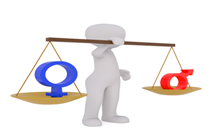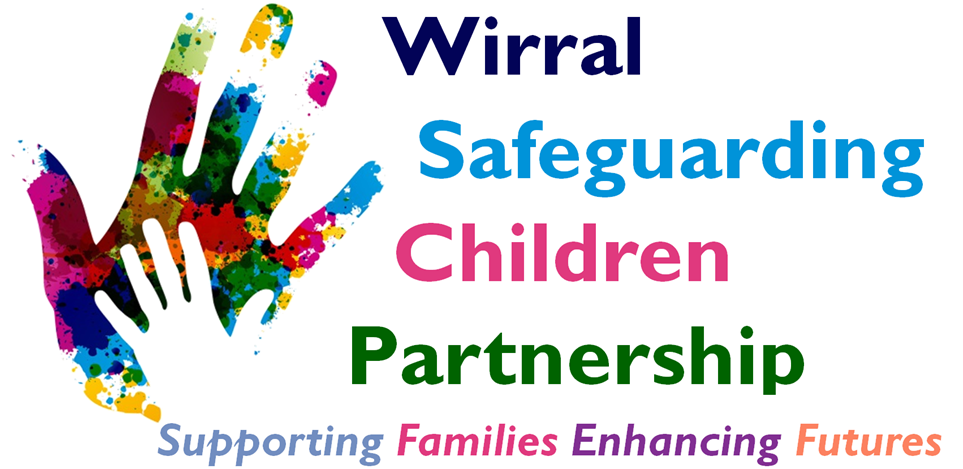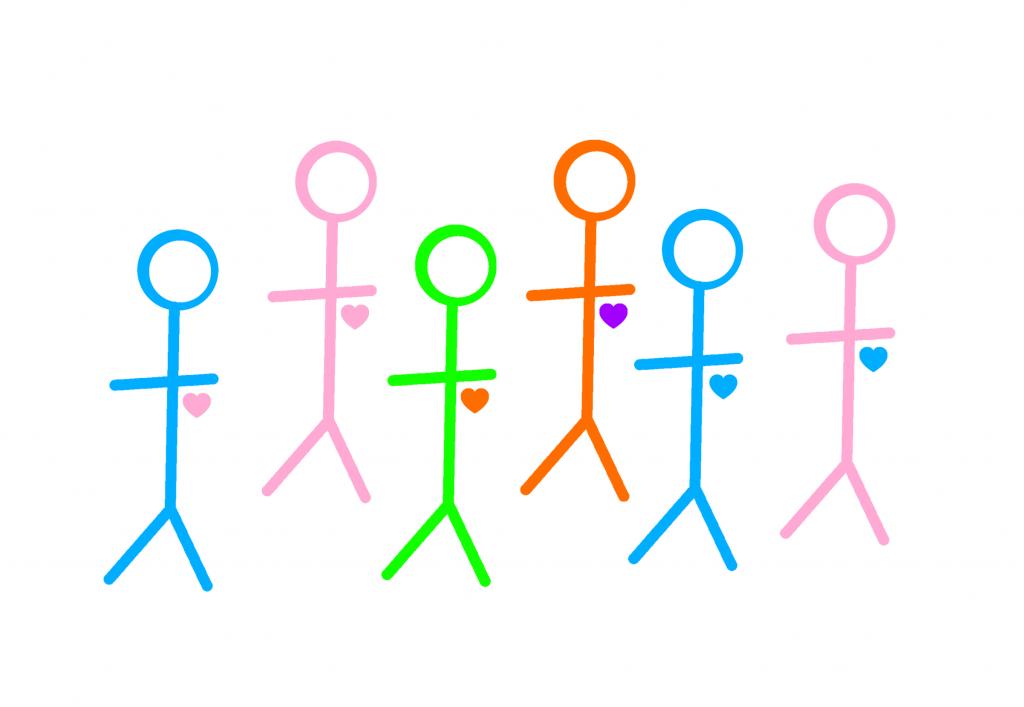Gender Identity – for professionals


Gender identity is a way to describe how someone feels about their gender. For example, some people may identify as a boy or a girl, while others may find neither of these terms feel right for them, and identify as neither, or are comfortable being fluid between both. Although people often confuse them, gender identity is different from someone’s biological sex or assigned gender at birth and from sexuality or who someone’s attracted to.
Children and Young People who are struggling with their gender identity may require the support of services.
Gender Dysphoria
Gender dysphoria is when someone experiences discomfort or distress because their gender identity is different from their biological sex. It can start from a very young age. This could include things like not wanting to wear masculine or feminine clothing for example. Older children may feel anxious or uncomfortable about the changes that happen during puberty, such as starting periods or things like voice deepening.
In 2018/19 Childline had 996 counselling sessions about gender dysphoria. Common themes for children contacting Childline with questions about their gender identity are anxiety about their feelings, the fear of not being accepted, the lack of available support and the time that it takes for them to access services.
Gender identity is also one of the top reasons why children and young people contact the Council’s young peoples helpline.
Use of Pronouns
When someone is referred to with a pronoun (e.g. he/she/they) that doesn’t align with their gender identity, it can make them feel alienated. Getting pronouns right is a basic way to respect a person’s gender identity. It’s also important to listen to how a
young person wants their name and pronoun shared, and with whom.
Warwick University has published guidance posters with tips on how to use pronouns. These can be downloaded below:
getpronounsright_digitalscreenslide1
getpronounsright_digitalscreenslide2
getpronounsright_digitalscreenslide3
Government relationships and sex education (RSE) and health education guidance
The Government published updated guidance for schools in September 2020 (available here). In relation to lesbian, gay, bisexual and transgender (LGBT) relationships the guidance states:
- All pupils should receive teaching on lesbian, gay, bisexual and transgender (LGBT) relationships during their school years
- We (the government) are aware that topics involving gender and biological sex can be complex and sensitive matters to navigate. You should not reinforce harmful stereotypes, for instance by suggesting that children might be a different gender based on their personality and interests or the clothes they prefer to wear
- Materials which suggest that non-conformity to gender stereotypes should be seen as synonymous with having a different gender identity should not be used and you should not work with external agencies or organisations that produce such material
- While teachers should not suggest to a child that their non-compliance with gender stereotypes means that either their personality or their body is wrong and in need of changing, teachers should always seek to treat individual students with sympathy and support
- You should work together with parents on any decisions regarding your school’s treatment of their child, in line with the school’s safeguarding policy and the statutory guidance on working together to safeguard children
The government has published guidance to schools for the planning of their relationships, sex and health curriculum. This can be found here.
Supporting Children and Young People – Useful Links and Resources
The following websites may be useful to you as sources of information if you are working with a child or young person questioning their gender identity.
Resource list for schools published by HM Government (July 2020)
How to support a child guidance from the NSPCC
Gender Identity Development Service (NHS)
GIDS Links to resources for schools
Gender Dysphoria NHS information page
Action for Children – gender identity guide
Brook – Information about gender
Barnardos – information and training and development for professionals
Wirral LGBT Network Facebook Page
The Government has published guidance (September 2020) for schools about how to plan their relationships, sex and health curriculum, including discussing gender identity issues. The guidance can be accessed here.
Please note the WSCP is not responsible for the content of external websites. The WSCP srongly recommends that children, young people and families seek professional advice in all matters relating to health and wellbeing.

